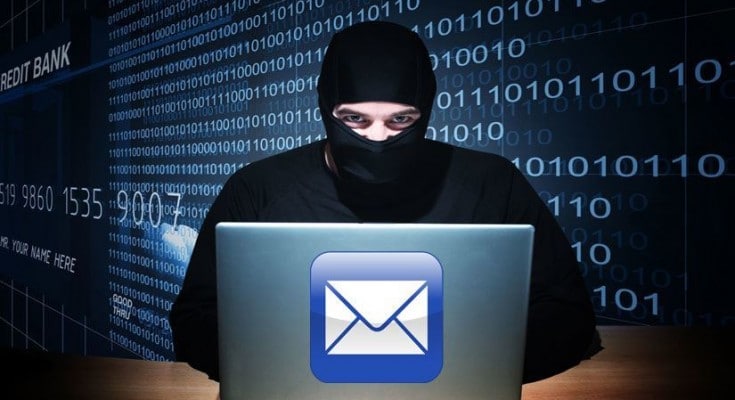If you suspect that your email address has been hacked, you should act quickly. We show you how to recognise this, what steps you should take and how you can better protect your e-mail address in the future.
Email address hacked: recognising signs
If you are not sure if your email address has been hacked, there are a few ways to check. There are websites that will tell you if your email address has been hacked. Also look for typical signs or contact your email provider.
- Notifications about password changes and changing your email address on user programs can be a sign of fraud. If you receive such emails and did not request them yourself, your email address has been hacked.
- If chat messages, internet posts and emails have been sent or deleted in your name, these are signs of fraud.
- If your email has been published through a data leak, check this on the website “Have I Been Pwned” or on “Identity Leak Checker”. These are special websites that check your email address using verification procedures against known internet databases.
- If your email address has been hacked by malware, this is usually difficult to check. A virus scan can help here. If you are unsure, contact your provider. They will be able to tell if your email address has been hacked.
If your email provider detects that your email is being misused, you will receive an automatic notification. Make sure it is not a phishing email and actually comes from your email provider. Check the authenticity of the address or contact your provider. Do not open the email until you have checked this.
What you should do
If you have discovered that your email address has been hacked, you should act quickly. We explain step by step what you can do about it.
- Carry out a security check on all your devices before you change your passwords. Get an overview. Save screenshots of emails you haven’t sent or purchases you haven’t made. These are evidence and will help you prove the fraud. Keep calm. If you discover any financial loss, report it to the police immediately.
- Change the password of your email address. Choose a password that includes upper and lower case letters, special characters and numbers. Be creative and protect your email address with a secure password.
- Change the password of your email address.
- If you no longer have access to your email account, report this to your email provider. If you regain access, change your password for all accounts. Use a different password for each account. This applies to accounts that you log in to using your email address.
- Check all account settings. Look for changes in the settings. This includes email addresses, profile changes, changed security settings and the like.
- Let your family, relatives and friends know to protect them from fraudulent emails.
Email address hacked: how to protect your address properly
There are several ways to protect your email address from attackers.
- Tighten your security settings in all accounts. Activate additional security questions and use two-factor authentication.
- Change their passwords regularly once a year. Use a separate password for each account. The passwords used should not have any similarities.
- For a strong password, do not use letters from your first and last name, your children’s names or pets. A strong password consists of upper and lower case letters, special characters and numbers that are not related to you.
- To keep track of all your different passwords, use a password manager. It stores your passwords and protects them with a master password. If you want to access your passwords, you must first enter the master password.
